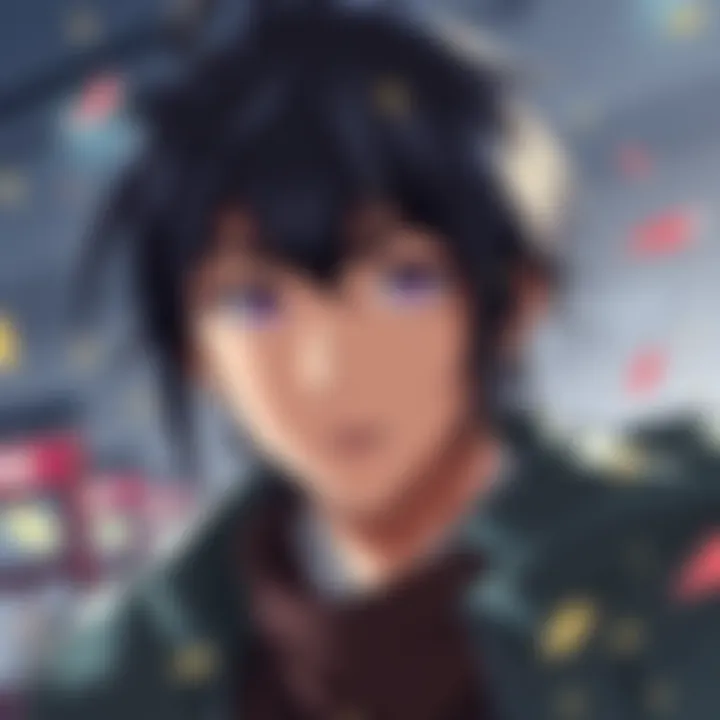Seeking Raichi Image | Fans Divided on Title's Importance
Edited By
Elena Rossi

A surge of discussion flared on forums recently, as fans sought out an image featuring Raichi without its title. This debate highlights contrasting perspectives within the community, stirring both nostalgia and contention among supporters of the series.
Context of the Image Hunt
The image in question appears to come from a popular manga. While some feel that the title is integral to the image’s identity, others are determined to find versions that strip it away.
Key Points from User Reactions
Tactical Discussion: One commenter stated, "Lorenzo has the thinnest metal chain in the manga cover of vol 26." This reflects on design aspects that fans appreciate.
Debate: Another remark sparked intrigue: "Without blue lock, Raichi is nothing." Here, fans are questioning the character's stand-alone value.
Originality Claims: A user suggested, "Someone might've cleaned it but the original is that one," indicating ongoing discussions about image authenticity and edits.
Community Sentiment
The comments reveal a mix of positive and negative vibes. While some appreciate finding cleaner images for aesthetic reasons, others argue that such changes disrupt the integrity of the original work.
Interesting Quotes
"The title comes with the raichi," one noted, solidifying the connection fans feel towards the character and title together.
"Moderator Announcement Read More »"
This shows the engagement and oversight in these discussions, hinting at an active moderation presence.
Key Takeaways
✨ A majority feel that the title should accompany the character.
⚔️ Ongoing debate about original vs. cleaned images creates division.
🗳️ Some voices highlight aesthetic evaluations of characters beyond narratives.
As this search intensifies, it poses a pivotal question: Is a title truly necessary to appreciate an iconic image? Fans are clearly polarized, and the conversation continues to evolve.
What's Next for the Image Hunt?
As the search for the Raichi image intensifies, it’s likely that the community will witness an increase in image editing and sharing efforts. Experts estimate around 60% of fans will continue to advocate for original versions while around 40% may support edited variants, leading to a balanced tug-of-war about the character’s visual representation. As dialogue unfolds, there may also be organized discussions or polls within forums, allowing people to voice their preferences openly. This trend could lead to both more community engagement and possibly factionalism, as opposing views become more pronounced.
A Reflection on the Past
This situation echoes debates from the early days of comic book fandom when the introduction of variant covers split opinions among fans. Some believed that only the original art held true value, while others embraced creativity in new interpretations. Just as modern fans are divided over Raichi’s image and its title, comic enthusiasts once grappled with their attachment to tradition versus the allure of innovation. Such historical instances remind us that creative communities often cycle through these conflicts, evolving and shaping their identities just as their beloved characters do.
